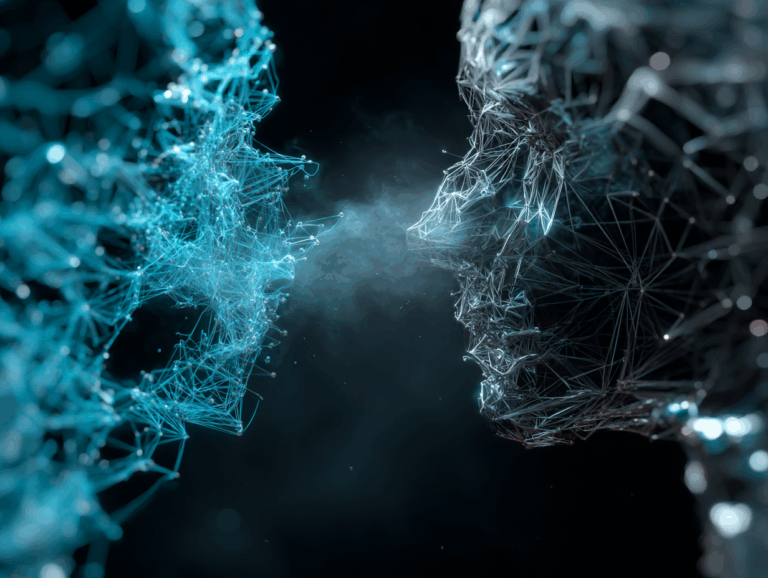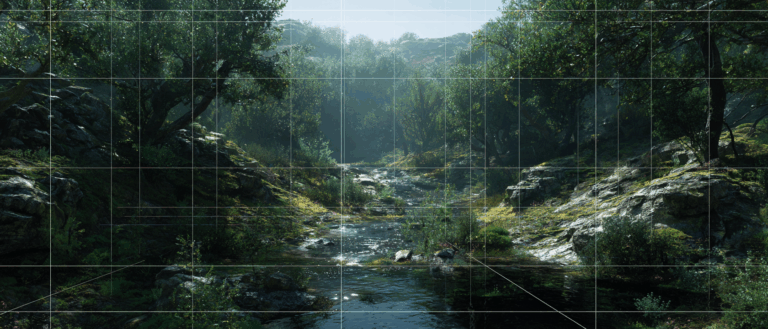Coal Boss Uses AI to Mine, Finally Achieving Safety, Efficiency and Environmental Protection

By Super Neuro
Scenario description:Machine learning helps mining companies improve the efficiency of the entire mining process from aspects such as locating ore deposits, realizing intelligent transportation through autonomous driving, monitoring and predicting the performance and loss of production equipment, etc.
Keywords:Mineral mining Geological analysis Autonomous driving
As AI plays an increasingly important role in practice, it has changed the rules of the game in many industries, such as traditional industries such as mining.
Mining is a dominant industry that generates a large amount of business for countries around the world and also affects every aspect of the economy, providing the raw materials needed for almost every field from electronics to energy.

Mining also requires a large amount of labor input. In the United States alone, there are 670,000 people engaged in quarrying, mining and quarrying. In China, this number is even more impressive. There are 6.113 million people employed in the coal industry alone.
The mining industry is highly profitable, but it also faces issues such as power, infrastructure, health, safety, funding allocation methods, commodity prices, environmental consequences, etc. To better handle the scenarios and overcome the existing challenges, artificial intelligence and machine learning are bringing major breakthroughs in the mining industry.
The Dilemma of Mineral Exploration
The current mineral exploration process includes soil samples, fragment samples, geochemistry, drilling results and other test results, which are then obtained through a large amount of data analysis and summary. Each drill hole is a rich micro-probe that can reflect some characteristics of local resources.

Drill holes can be seen everywhere in the ore deposit
But it is not easy to analyze the data obtained from drilling. A single drilling hole creates about 200 megabytes of data, and a project requires many drilling holes and other types of information. The final analysis data of exploration is usually up to TB. If you want to select the best samples from hundreds of projects, you will not be able to solve it because of the huge amount of data.
And the data cannot be simplified, using this data can find new mineral deposits,Processing them would be too daunting a task even for a capable team of geologists.
This is where machine learning comes into play. By training computer models, it can discover places that are similar to areas that have been explored in the past.
AI can accurately locate mineral deposits
In traditional ways, the incoordination between mineral mining and waste management will cause serious environmental pollution. However, the use of AI can make mining more efficient, and the use of smart devices such as drones can be used for real-time monitoring, which will also have a smaller impact on the environment.
EARTH AI is a company that is using AI technology to change the mining industry by analyzing data from multiple sources and using machine learning algorithms to identify areas where minerals may be found.

The working interface on the EARTH AI website
Analyzing 47 layers of remote sensing and geophysical data at once through machine learning can highlight ore bodies and alteration halos, and map hard rock and weathering layers in extreme detail.
Goldspot Discoveries Inc. Goldspot is a Canadian company that mines gold through machine learning. Although it has only been established for three years, it has already completed its listing on the Toronto Stock Exchange's Venture Exchange.
Recently, they predicted that the Abitibi gold mine being explored in Canada,Goldspot can analyze the current reserves of this gold mine simply by using 4%'s surface, topographic and mineral topological data.
Goldspot integrates more than 30 years of historical remote sensing, mining and exploration data into a comprehensive functional geological model. This geological model is then used to identify correlations in data layers of existing and historically mined deposits, enabling the identification of target areas with the highest prospectivity.
Autonomous driving has been used in the mining industry for almost a decade
Although everyone in the field of autonomous driving is currently focusing on the progress of Uber, Google and Tesla in civilian autonomous driving, many people are not aware of Rio Tinto, one of the world’s largest metals and mining companies, has already used self-driving trucks to develop its mining industry., since 2008, they have been operating successfully and have loaded a total of 350 tons of ore.

Rio Tinto's autonomous haul trucks are not only efficient and safe, but also use 13% less fuel
At the Escondida copper mine in Chile,BHP's smart caps system, which analyses the driver’s brain waves to analyse driver fatigue levels, has been integrated into more than one hundred and fifty trucks to improve productivity and increase safety.
BHP is also deploying autonomous haulage vehicles at its Jimblebar Iron Ore mine, reducing costs by about 20 percent through this change.
AI makes mining safe and economical
By monitoring important indicators in the environment, we can predict the probability of dangerous occurrence.AI can help mining engineers and workers avoid accidents and injuries on the job.If enough high-quality data can be collected, it may even be possible to predict possible machine failures.
besides,AI can also be used to monitor the operating status of equipment.Because the mining environment affects the operation and life of the equipment and varies from location to location, understanding the operating status of the equipment can provide greater safety assurance.

The intervention of AI technology will greatly reduce safety accidents
In addition to monitoring and predicting the occurrence of danger,AI is also used to monitor the service life of equipment or parts, which not only ensures safety but also saves companies a lot of costs.
At the Salobo copper mine in Para, Brazil, ValeThrough AI-based intelligent detection and planning, the service life of haul truck tires was increased by 30% in one year, saving the company $5 million. This technology has also been applied to other mines and other truck parts, including engines and fuel consumption.
They also used artificial intelligence to predict cracks in the railroad, which reduced crack occurrence by up to 85%. This move saved $7 million per year. All things considered, the company expects to save about $26 million in 2018 from these changes alone.
The story of AI changing the mining industry has just begun
From more and more cases, we can see that the use of AI and ML has saved costs, improved efficiency and brought many other benefits to the mining industry. In this industry, facing the huge amount of data, the problem of data processing is hindering development, but the commitment to expanding the use of artificial intelligence in mining will completely change the future direction of this industry.
Mineral mining has seen many innovations over the centuries, but innovation has slowed in recent years. In a “Tracking the Trends” report published by Deloitte last year, analysts observed that“If a miner from 50 years ago went into a mine today, they would find that not much has changed, but this is certainly not the case in other industries.”
However, recently, many mining companies have stated that technologies such as artificial intelligence will completely transform the world's oldest industry, just as they have transformed other industries.
This means that mining companies will also use artificial intelligence to mine minerals on a large scale. And according to Accenture, in the next ten years,Innovative technologies, including robotics and automation, will create $321 billion in value for the metals and mining industry, equivalent to 3% to 4% of expected revenue.
In this industry, faced with a large amount of unstructured data, the problem of data processing is hindering development, but the focus on expanding the use of artificial intelligence in mining will completely change the future direction of this industry.





